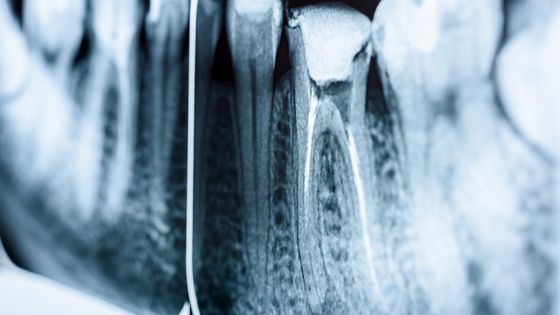Rescue Your Smile: Understanding Root Canal Treatment at 4th Street Family Dentistry in St. Petersburg, FL
When it comes to dental procedures, few evoke as much apprehension as a root canal. However, this essential treatment is often misunderstood, leading to unnecessary anxiety. At 4th Street Family Dentistry, we believe in empowering our patients with knowledge. As the best dentist in St. Petersburg, FL, we’re here to guide you through what a root canal entails, why it’s needed, and what you can expect during and after the procedure.
What Is a Root Canal?
A root canal is a dental procedure designed to treat infection or damage in the pulp of a tooth. The pulp is the soft tissue inside the tooth that contains nerves, blood vessels, and connective tissue. When the pulp becomes infected or inflamed due to deep decay, repeated dental procedures, or a crack or chip in the tooth, it can cause severe pain or lead to an abscess.
The goal of a root canal is to remove the infected or damaged pulp, clean and disinfect the inside of the tooth, and then fill and seal it. This process saves the natural tooth, which is always preferable to extraction because it maintains your natural bite and appearance.
Why Might You Need a Root Canal?
There are several reasons why a root canal may be necessary:
Persistent Tooth Pain: One of the most common signs that you may need a root canal is ongoing tooth pain. This pain may be constant or intermittent and can range from mild to severe. It may also worsen when you eat or press on the tooth.
Sensitivity to Heat and Cold: If you experience prolonged sensitivity to hot or cold temperatures, it could indicate that the tooth’s pulp is damaged.
Tooth Discoloration: A tooth that becomes darkened or discolored could be a sign of pulp damage.
Swollen Gums: Swelling around a tooth that is painful to the touch could be a sign of an infection that has spread from the tooth’s pulp to the surrounding tissues.
A Cracked or Chipped Tooth: If you’ve sustained a significant crack or chip in a tooth, bacteria can infiltrate the pulp and lead to infection, necessitating a root canal.
The Root Canal Procedure: What to Expect
At 4th Street Family Dentistry, we prioritize patient comfort and aim to make the root canal process as smooth and stress-free as possible.
Diagnosis and Preparation: Before the procedure, the best dentist in St. Petersburg, FL, will thoroughly examine your tooth, often using X-rays to assess the extent of the damage. We’ll discuss your symptoms and explain the process to ensure you’re comfortable with the treatment plan.
Anesthesia: To ensure you feel no pain during the procedure, we’ll administer a local anesthetic to numb the affected tooth and surrounding area. For patients with dental anxiety, we also offer sedation options to help you relax.
Cleaning the Tooth: After the area is numb, the dentist will create a small opening in the crown of the tooth to access the pulp chamber. Using specialized instruments, we’ll carefully remove the infected or damaged pulp. The inside of the tooth is then cleaned and disinfected to remove any remaining bacteria.
Filling and Sealing: Once the tooth is cleaned, it’s filled with a biocompatible material called gutta-percha. This material helps to seal the tooth and prevent further infection. The tooth is then temporarily sealed until a permanent filling or crown is placed.
Restoration: In most cases, a crown is placed over the treated tooth to restore its strength and function. The crown not only protects the tooth but also blends seamlessly with your natural teeth, ensuring an aesthetically pleasing result.
Post-Procedure Care and Recovery
After a root canal, it’s normal to experience some tenderness in the treated area as your mouth heals. This discomfort is usually mild and can be managed with over-the-counter pain relievers. You should avoid chewing on the treated tooth until it’s fully restored with a crown or filling.
Most patients can return to their normal activities the day after the procedure. However, it’s important to follow your dentist’s post-procedure care instructions to ensure a smooth recovery. Regular dental check-ups and good oral hygiene practices are crucial to maintaining the health of the treated tooth and preventing future problems.
Trust 4th Street Family Dentistry for Your Root Canal Treatment
Root canals are a highly effective way to save a damaged or infected tooth, and with modern dental techniques, they’re no more uncomfortable than getting a filling. At 4th Street Family Dentistry, we’re committed to providing exceptional care in a comfortable and welcoming environment. If you’re experiencing tooth pain or other symptoms that may indicate the need for a root canal, don’t hesitate to contact us.
As the best dentist in St. Petersburg, FL, we’re here to ensure your dental health is in expert hands. Schedule an appointment today and let us help you keep your smile healthy and bright.






